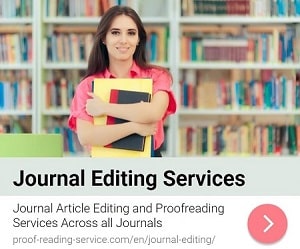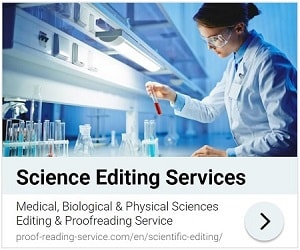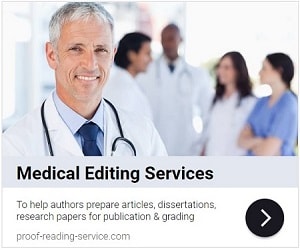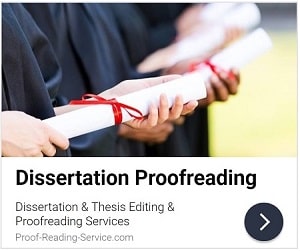Introduction
Formatting a journal article correctly is a crucial step in the academic publishing process. Many manuscripts are rejected not because of poor research quality but due to improper formatting. Following journal guidelines meticulously enhances the readability of your manuscript, demonstrates professionalism, and increases the chances of acceptance.
This article provides helpful tips on formatting journal articles by observing the guidelines, covering aspects such as manuscript structure, citation style, figures and tables, and submission requirements.
1. Understanding Journal Formatting Requirements
Before starting the writing process, it is essential to familiarize yourself with the journal’s specific formatting guidelines. Each journal has unique submission requirements, which are typically found in the “Author Guidelines” or “Instructions for Authors” section on the journal’s website.
1.1 Key Formatting Elements to Check
- Manuscript length (word count limits, including abstract and references).
- Font type and size (e.g., Times New Roman, 12-point, double-spaced).
- Margins and line spacing (often 1-inch margins, double-spaced text).
- Citation style (APA, MLA, Chicago, Harvard, IEEE, etc.).
- Heading structure (e.g., numbered vs. unnumbered headings, bold vs. italicized subheadings).
- Reference formatting (inline citations, bibliography, or footnotes).
- Figures and tables format (placement, captions, and numbering).
- Supplementary materials (appendices, additional datasets, and supporting documents).
✅ Tip: Download the journal’s template (if available) to ensure compliance with all formatting requirements.
2. Structuring the Manuscript Correctly
Most academic journals follow a standardized manuscript structure, typically consisting of the following sections:
2.1 Title Page
- Should include the article title, author names, affiliations, and contact information.
- Some journals require a running head (shortened version of the title).
2.2 Abstract
- Should be concise (typically 150–300 words) and summarize the key aspects of the study.
- Some journals require structured abstracts with subheadings like Objective, Methods, Results, and Conclusion.
2.3 Keywords
- Include 3–7 keywords to enhance the discoverability of your article in search databases.
2.4 Introduction
- Clearly states the research problem, objectives, and significance.
- Avoid unnecessary background details; focus on why the study is important.
2.5 Methods
- Describe how the study was conducted (data collection, statistical analysis, study design, etc.).
- Ensure the methods are detailed enough for replication.
2.6 Results
- Present findings using text, tables, and figures.
- Avoid interpreting results in this section (save for the discussion section).
2.7 Discussion
- Explain the implications of findings and how they relate to previous studies.
- Acknowledge limitations and suggest future research directions.
2.8 Conclusion
- Summarize the key findings and provide a concise takeaway message.
2.9 References
- Format references correctly according to the journal’s required citation style.
✅ Tip: Follow the IMRAD (Introduction, Methods, Results, and Discussion) structure, which is commonly used in scientific and academic writing.
3. Formatting Citations and References Correctly
Proper citation formatting is critical to avoid plagiarism and ensure academic integrity.
3.1 Choosing the Right Citation Style
Journals require specific referencing styles, such as:
- APA (American Psychological Association) – Common in social sciences.
- MLA (Modern Language Association) – Often used in humanities.
- Chicago Style – Used in history and some social sciences.
- Harvard Referencing – Widely used in various disciplines.
- IEEE (Institute of Electrical and Electronics Engineers) – Used in engineering and technology.
3.2 Common Citation Formatting Issues
- Inconsistent citation styles (mixing APA with MLA, for example).
- Missing references in the bibliography.
- Incorrect in-text citations (e.g., (Smith, 2020) vs. (Smith, J., 2020)).
✅ Tip: Use reference management tools like Zotero, EndNote, Mendeley, or BibTeX to format citations automatically.
4. Formatting Figures and Tables
Tables and figures enhance the clarity and impact of research findings. However, improper formatting can lead to rejection.
4.1 General Guidelines for Figures and Tables
- Label all figures and tables clearly with numbers (e.g., Table 1, Figure 2).
- Provide descriptive captions below figures and above tables.
- Ensure high resolution (journals often require at least 300 dpi for images).
- Follow journal guidelines on color usage (some journals prefer grayscale over color figures).
4.2 Placement and Referencing
- Some journals require figures and tables within the text, while others ask for them at the end of the manuscript.
- Always cite tables and figures within the text (e.g., “As shown in Figure 3…”).
✅ Tip: Keep tables concise and ensure figures are legible when printed in black and white.
5. Ensuring Language and Grammar Accuracy
Clarity and readability are essential for manuscript acceptance.
5.1 Proofreading and Editing
- Check for spelling, grammar, and punctuation errors.
- Avoid long, complex sentences; use concise and clear writing.
5.2 Seeking Professional Editing
- Consider using professional language editing services if English is not your first language.
- Ask a colleague or mentor to review the manuscript before submission.
✅ Tip: Use AI-powered grammar checkers like Grammarly or Hemingway Editor to refine writing quality.
6. Preparing the Submission File Correctly
Incomplete or improperly formatted submissions can lead to desk rejection.
6.1 File Format Requirements
- Ensure the manuscript is submitted in the correct format (Word, LaTeX, or PDF).
- If figures and tables need separate files, submit them in high-quality image formats.
6.2 Cover Letter
- Address the editor by name.
- State the title of the manuscript and briefly explain its significance.
- Mention that the manuscript is not under consideration elsewhere.
✅ Tip: Double-check the submission checklist provided by the journal before finalizing.
7. Final Checklist Before Submission
Before submitting, ensure the following: ✅ Manuscript follows the journal’s structure and formatting guidelines.
✅ Citations and references are correctly formatted.
✅ Figures and tables meet journal requirements.
✅ Grammar and spelling have been thoroughly checked.
✅ All supplementary materials are included.
✅ The cover letter is well-written and professional.
Conclusion
Formatting a journal article according to the journal’s guidelines is essential for a smooth submission and review process. By carefully following the formatting requirements, structuring the manuscript correctly, ensuring proper citations, and refining writing quality, authors can increase the chances of acceptance.
A well-formatted manuscript demonstrates professionalism, enhances readability, and helps convey research findings effectively. By paying attention to details and using available tools, researchers can streamline the formatting process and focus on what matters most—contributing valuable knowledge to their field.














